There are many legendary Porsche racing cars that command respect for their legacy, their series of wins in a season, or their pure technological advancement. The Porsche 917LH and the Porsche 917K come immediately to mind, as well as the 935/78 “Moby Dick” (for having one of the craziest whale tail wings ever fitted to a 911).
There are few cars, however, that command as much fear in balance with respect as the 956. Built to conquer the new Group C class introduced in 1981 by the FIA, the 956 was years ahead of its time—a technological and engineering marvel that was capable of breakneck acceleration, had a top speed in the stratosphere, and boasted one of the most powerful yet fuel-efficient engines ever made by Porsche.
Group C was intended to force manufacturers to consider fuel economy as part of the regulations, as the world was still feeling the effects of the 1979 oil and energy crisis. It also replaced the aging Group 5 (closed top touring prototype) and Group 6 (2 seater open top prototype) classes, meaning that manufacturers could focus all their efforts into one class instead of two. The key thing missing from the regulations, however, was a limit on top speed, so while engine development was curtailed, aerodynamic development became the focus.
One of the Fastest Porsches Ever: 1982 to 1984
Set to take hold in 1982, the Group C regulation for prototypes allowed for only five refueling stops per 1000 KM (621 miles), and limited fuel tanks on the cars to 100 liters (26.4 US gallons). In effect, this meant that including the full tank at the start of any race, these prototypes had a maximum of 600 liters per 1000 KM. To put that in efficiency statistics, it’s 60 L/100 KM, or just under 4 MPG.
The 956 Group C project started the moment that the FIA announced the new class, with Porsche throwing an almost unlimited budget towards it. This allowed for some new, radical ideas to be brought to the fore, and some technologies that would be used on every Porsche race car since they started on the 956. In charge of choosing what ideas were developed was Norbert Singer, the lead racing engineer at the time and the namesake of the modified and superb Singer Porsches.
So what were the innovations that came about through his approval?
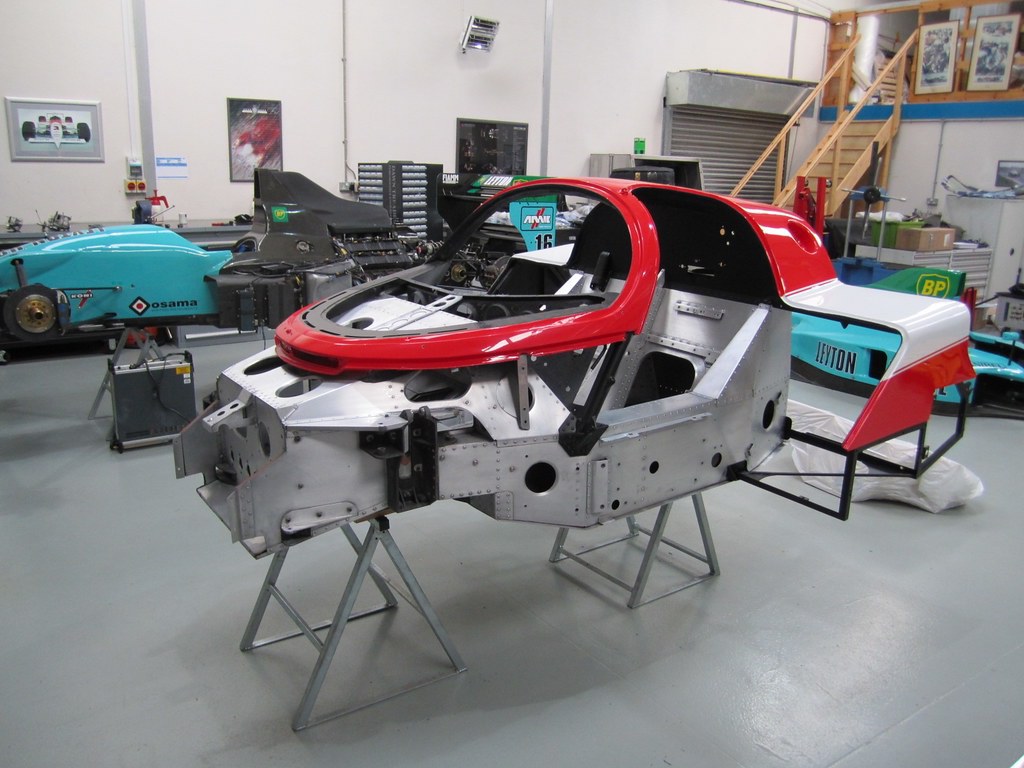
The 956 was the first Porsche ever to be built entirely as a monocoque design instead of with the “safe and well-known” tube chassis. An aluminum tub was built up as the driver’s compartment, which was then surrounded by a load-bearing composite body that proved to be extremely rigid and resilient.
It passed the FIA requirements that the fuel tank of the car had to be surrounded by a rigid structure, and because these composites were lightweight, the 956 Group C made it over the minimum weight of 800 kg (1,764 lbs), but danced on the razor’s edge. “Official” weight figures put it at 820 to 855 kg (1,800 to 1,900 lbs), but it was reportedly closer to 805 to 810 kg at scrutineering checks for races.
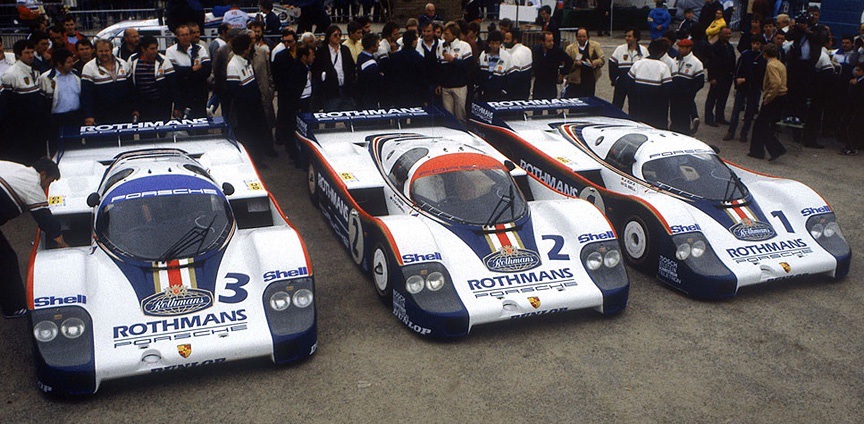
In terms of aerodynamics, Porsche engineers looked to Formula One for some ideas, and designed the car to use a milder version of F1 ground effects. The front of the car was low and almost scraping the ground on the outer edges, with a raised bumper section to allow air to flow under the car. Behind the front wheels, the body shell opened up to two large ducts, with the radiators and intercoolers for the engine placed in them, with the rest of the over-body aerodynamics sloping gently towards the massive, low rear wing.
It was a fairly ingenious design—using the Venturi tunnels under the body to suck the car down to the road while also using the suction effect to draw air down through the side ducts and through the radiators and intercoolers.
Powering the 956 was an upgraded version of the engine from the 935—specifically the 935/76 flat-six. It displaced 2.65L, had four valves per cylinder, and used a combination of water and air cooling (with the cylinder heads being liquid-cooled and the cylinders and engine block itself being air-cooled).
Bolted to the engine were two massive KKK K26 turbochargers, which boosted the power of the engine up to 620 HP on 1.2 bar (17.4 PSI) of boost. This also gave the car 465 lbs-ft of torque.
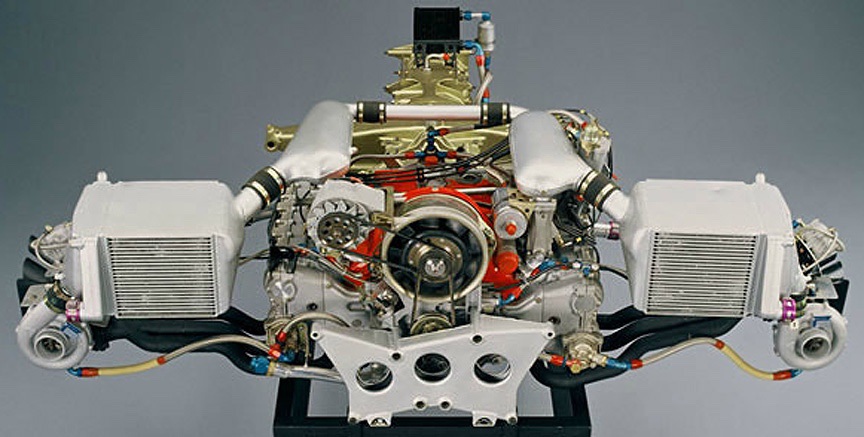
This was also the first Porsche race car to use monobloc brake designs, meaning that the calipers were each made from one single block of alloy, and used two calipers per disc brake. This gave the car incredible stopping power, but also increased brake temperatures and reduced effective brake cooling. A 5-speed manual gearbox was used in the 1982 car, which in fact missed the season opening race at Monza in April of that year, making its official debut at the 6 Hours of Silverstone in May (where one of the 956s placed second, driven by Jacky Ickx and Derek Bell).
It also missed the 1,000 KM of Nurburgring as a few issues needed to be ironed out for the big race that the car had been designed to win: The 24 Hours of Le Mans in June 1982. Porsche sent three 956 Group Cs to the famous Circuit de la Sarthe, which in the 1980s still had the 6 KM (3.7 miles) long Mulsanne Straight without the chicanes.
All three placed on the podium, ironically in the same order that they were numbered. Chassis 956-002, bearing the racing number 1, came first. 956-003, number 2, came second. 956-004, number 3, came third.
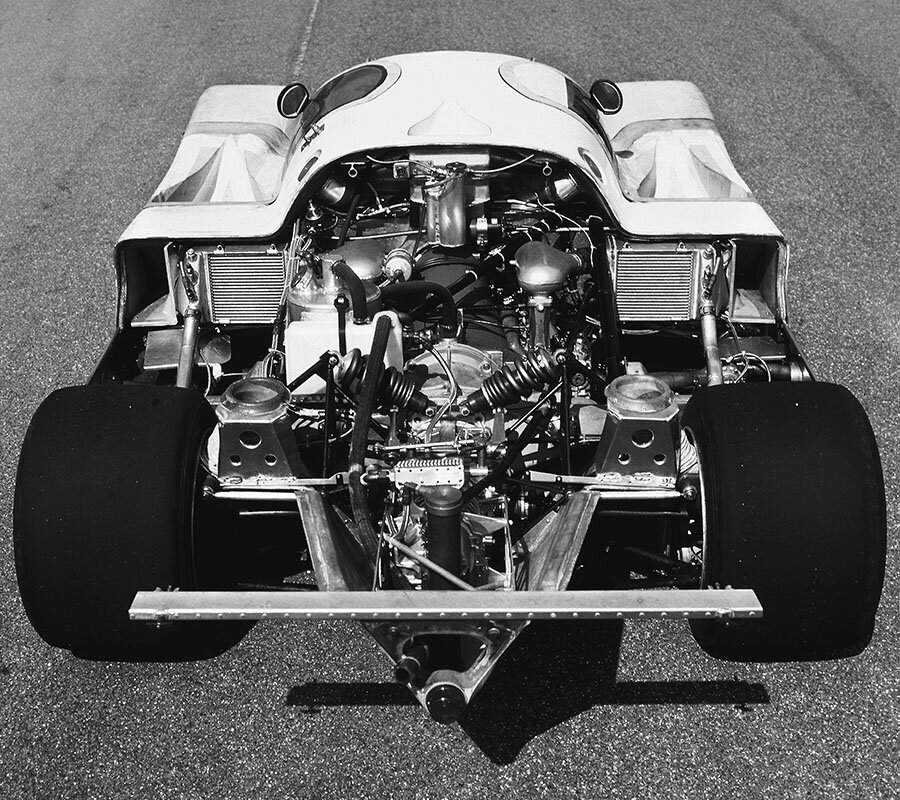
What impressed about this feat was that the 956 Group C quite literally obliterated the fastest average lap speed and fuel efficiency records for prototype cars while also leaving the rest of the field in the rearview. The new record was an average speed of 205 KPH (127 MPH), and a stunning 48L/100KM (4.9 MPG), mostly due to the aerodynamic principles used to generate the car’s downforce making it slice the air easier the higher the speed rose.
It also was not as noticeably affected by “dirty air” coming off other cars. This meant it could take advantage of slipstreaming down the Mulsanne Straight to slingshot past competitors through the Mulsanne Kink near its top speed of 350 KPH (217.5 MPH), as it simply just stuck to the road.
1982 saw the 956 Group C literally clean shop, winning at the Norisring 200, the 1000 KM of Spa, Brands Hatch 1000KM, 9 Hours of Kyalami, and the Fuji 6 Hours—if we look just at first place finishes. After Le Mans, there was a 956 team on the podium at every single race in the season. It was that dominant. This success led to Porsche winning the 1982 World Sportscar Endurance Manufacturers Trophy, and Jacky Ickx winning the Driver’s Trophy and title.
As expected, interest from customer teams flowed into Stuttgart throughout 1982, so in 1983, a customer racing version of the 956 Group C was developed and released. It was also in 1983 that another technological idea would pass over Singer’s desk, which he approved for development, and is something that Porsche owners today take for granted.
A newly built prototype appeared before the 24 Hours of Le Mans in 1983, with its clutch pedal and stick shift missing. In its place was the first-ever Porsche PDK (or Doppelkupplungsgetriebe). While this transmission proved to be outstanding in keeping turbo boost pressure up during shifts, it was not until the next Group C car, the 962, that it was used in competition.
1983 is, however, famous for one more outstanding record that the Porsche 956 Group C set—a record that stood for decades.
The Impossible Lap: How the Porsche 956 Held the Nurburgring Nordschleife Record for 35 Years
For 1983, Porsche drafted in a young 25-year-old West German who had been dominating the open-wheel categories such as Formula BMW, Formula Ford, and Formula 4, and who placed second overall in the 1982 Formula 3 world championship. We are, of course, talking about Stefan Bellof.
While Jacky Ickx proved that the 956 was fast and had a great feel for the car, it was Bellof that made it an extension of his body. Assigned to the #2 Rothmans Porsche 956 with Derek Bell as his senior teammate, he showed what appeared to be a sixth sense about exactly what the car was doing, and demonstrated car control of a veteran racer, despite the 956 being his first “closed wheel” race car.
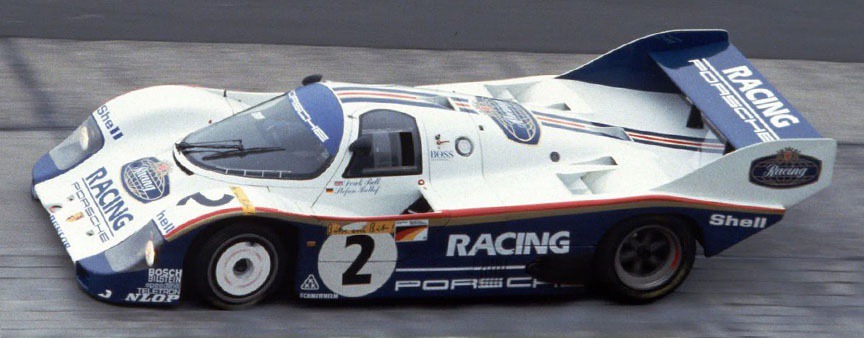
The #2 Rothmans Porsche 956 Group C in the hands of Stefan Bellof, rounding the Karousell corner on his record setting lap around the mighty Nordschleife.
This skill and unnatural talent came to the forefront on May 28, 1983 at the Nurburgring Nordschleife. For those not aware, the Nordschleife is massive, with a total length of 20.83 km (12.94 miles) and 154 corners. It’s also not just a flat track, it is draped around a rather large hill, with sections of the track rising, falling, and following the camber of the hill it was built on. Very few modern cars can lap it in under 7 minutes, with the fastest road-going Porsche being the 911 GT2 RS MR, which did it in 6 minutes and 40.3 seconds in 2018.
During the qualifying laps for the 1983 1000 KM of the Nordschleife, Bellof produced what has since been called “The Impossible Lap,” completing all 20.83 KM in 6 minutes and 11.13 seconds. This meant an average speed around the lap of 202.1 KPH (125.56 MPH). Naturally, this put the #2 956 on pole, with the second place qualifying lap being almost 6 seconds slower.
The lap was considered impossible because it required absolute commitment, perfect shifts at precise RPMs, and hitting every corner with millimetric levels of precision. Even the other 956 drivers—and we’re talking about some of the greatest talents to ever sit in a prototype car; Jacky Ickx, Derek Bell, and others—could not believe the time.
During the race on May 29, 1983, Bellof proved his mastery of the 956 and the Nordschleife again, setting the fastest race lap ever on the Nordschleife, a record that will never be beaten. Keep in mind, this is a time set with other cars getting in the way, having to wait out going through corners so that there is no contact, and middling weather conditions. That lap was 6 minutes and 25.91 seconds—only 14.8 seconds slower than his qualifying lap.
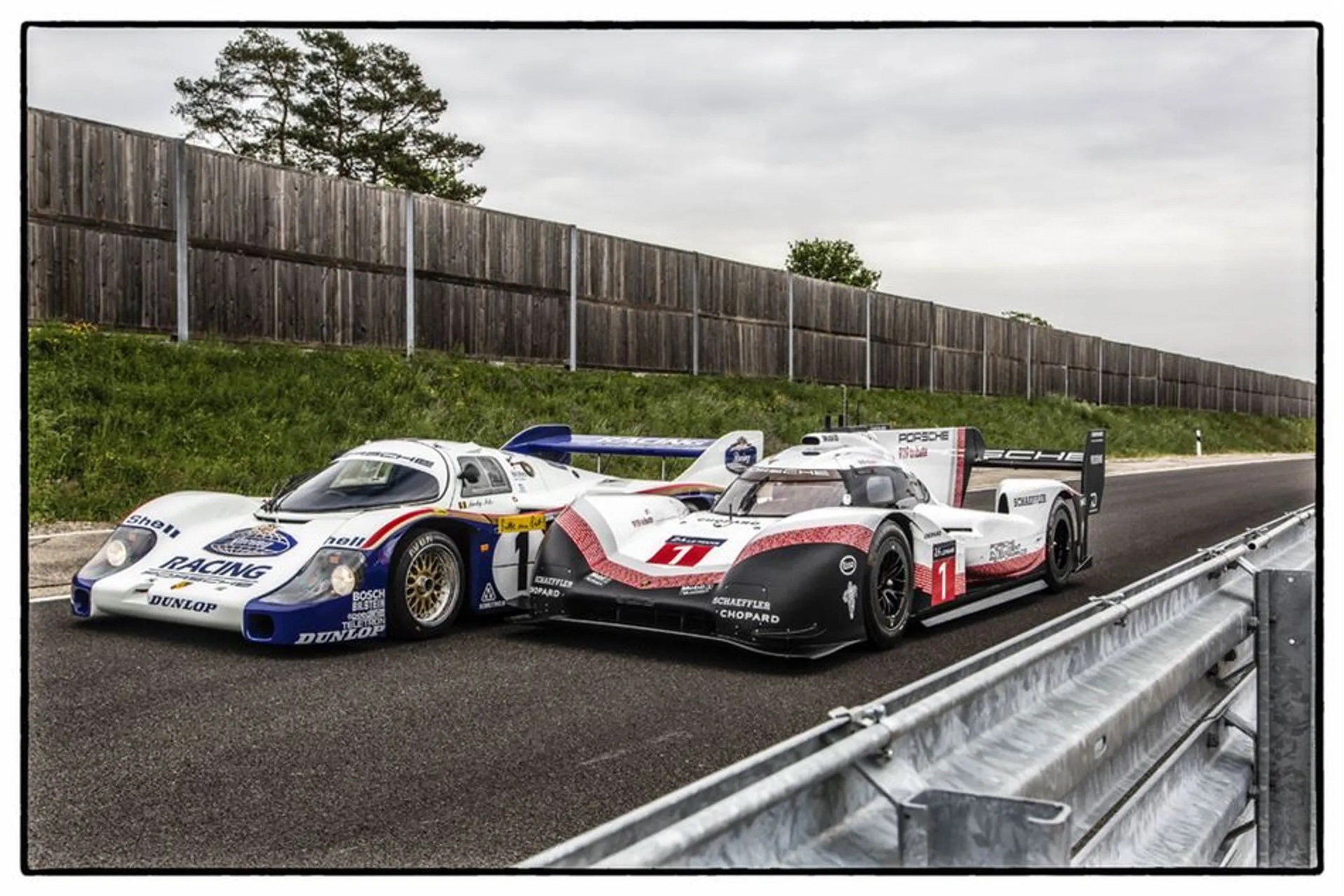
In an almost quaint bit of irony, that qualifying lap was finally beaten in 2018 by another Porsche. The 919 EVO Tribute prototype, which was made after Porsche withdrew from LMP1 racing but with one final chassis that did not meet any regulations just to see what it could do, cleared the same 20.83 KM route as the 956 did in 5 minutes and 19.55 seconds.
The Fastest—But At What Cost?
While the 956 Group C was one of the most technologically advanced and powerful cars of its day, there is a dark side to it. In the pursuit of being the lightest, the fastest, and the most advanced, less emphasis was placed on safety than should have been.
The driver of the 956 Group C was almost sitting between the front wheels, with their feet almost touching the front composite body of the car. The body of the car was incredibly rigid, which was great for aerodynamic efficiency, but this car was made in the days when energy dissipation was not considered in race car design, so if you had a crash, all of that force traveled through the car to you.
As well, because of how the car generated its downforce, at speeds under 100 KPH (62 MPH), it was incredibly twitchy, as there was not enough airflow to fully suck it down to the road with its Venturi tunnels. This deficiency was fixed in the evolution version, the 956B, as well as the successor car, the 962, but the original 956s were still being raced through 1984 and 1985 as they were so utterly dominant.
All of these issues combined into a perfect storm at the 1985 1000 KM of Spa. Porsche was fielding the first works 962s that season, with Jacky Ickx as their star driver in one of the two that were racing. Stefan Bellof, now 27 years old and still able to drive the 956 beyond what anyone else could, was entered in a 956B. Spa-Francorchamps to this day is still considered a challenging circuit, with big commitment corners (Eau Rouge, Radillion, Blanchimont) and super-fast technical sections.
On September 1, 1985, on lap 78, Ickx’s 962C and Bellof’s 956B rounded the La Source hairpin at the top of the plummeting section of track that led to the Eau Rouge and Radillon corners. Ickx emerged in front, with Bellof tucking in behind him to slipstream down the hill, and as they entered Eau Rouge, Bellof swept out to the left of Ickx to set up an inside line for the left-hander Radillion that immediately followed Eau Rouge.
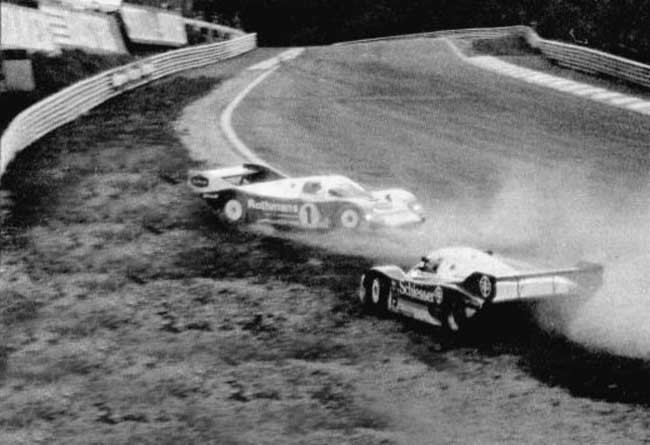
This created a side draft on Ickx’s 962C, and it pulled to the left in an instant, just enough to bring Bellof’s right front into contact with Ickx’s left rear, sending both cars hurtling away from each other, out of control. Ickx’s car spun, and as he desperately tried to recover it, it snapped the other way around, spinning so that the right rear of the car impacted the barriers, likely saving his life as the force of the impact pushed him back into his seat. Bellof, on the other hand, speared directly into the barriers at unabated speed with his left front corner and was killed instantly on impact.
Ickx was able to scurry out of the 962C and sprinted down the hill to where Bellof’s car, having also caught fire, was resting. Fire marshals already had the fire mostly out, but Ickx could already tell something was desperately, tragically wrong as Bellof was slumped against his harness, partially buried in what remained of the front of the 956, which had been utterly destroyed in the crash. It took 10 minutes to extricate Stefan from the wreckage, and minutes later he was pronounced dead on arrival at the track hospital, from multiple massive internal injuries, any of which would have been fatal on their own.
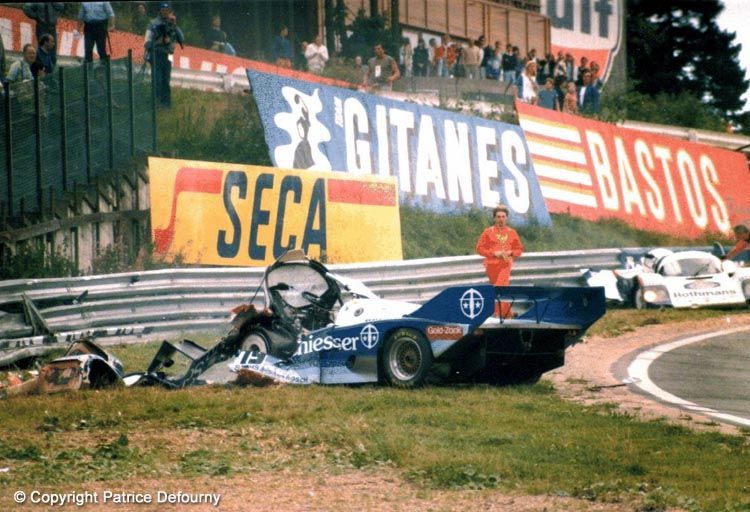
Customer teams became extremely wary of running the 956, and even Porsche withdrew their own 956s for the rest of the 1985 season out of respect for Bellof. The last 956 raced at the 1000 KM of Fuji, although it is often said that the 956, one of the fastest Porches to ever exist, died with Bellof at Spa in 1985.


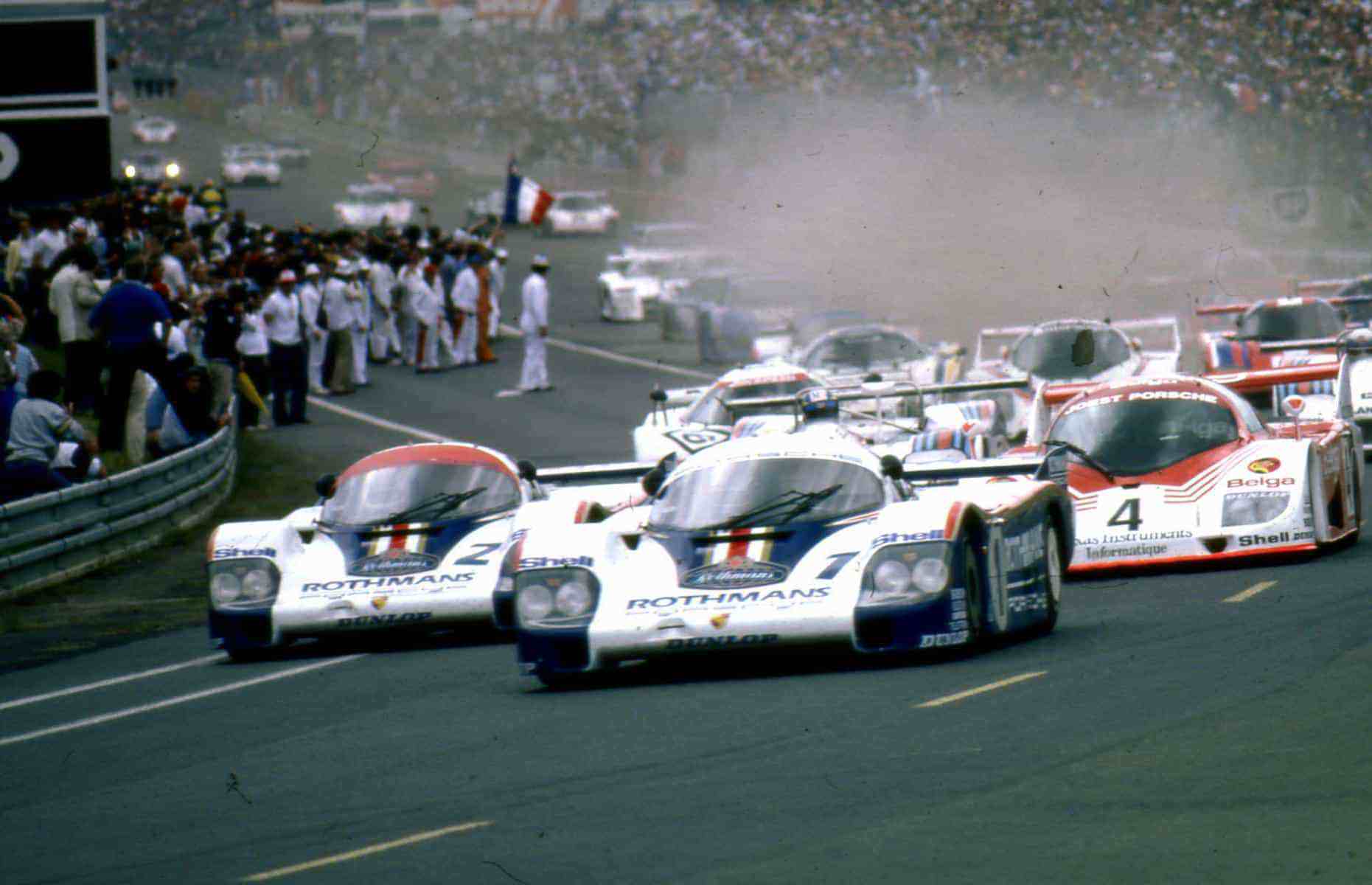




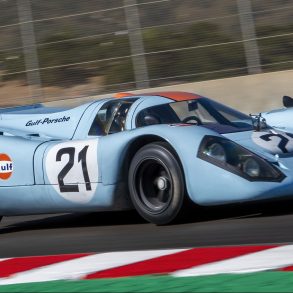
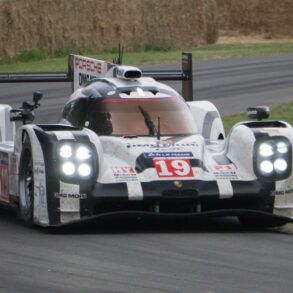
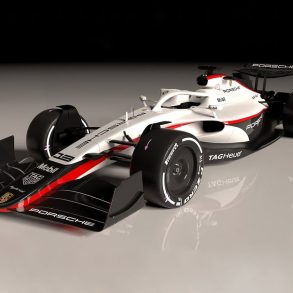
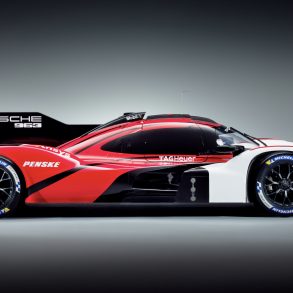

WOW!…I have always had an idea, some propriate perception about that holly, shiny glory of the Porsche’s racing history, and I have read and heard many different stories about it, BUT this time I was really STUNNED…For years I am a great fan of the legendary 917, and the Carrera GT from the road cars, (for me THE ONE AND ONLY…), those two masterpieces with atmospheric engines for which I have specialy been in Zuffenhausen’s Porsche Museum, so I could see them in live and take my personal fotos from them… and this story I have just read impressed me so much, and particularly the part about Stefan Beloff, a racing driver I’ve heard about for first time, very special indeed…Dereck Bell was the one that have had the Nurburgring record, as I’ve known(?!)…and it went in context for me with the fact about I have read about a few weeks ago, about the 962 which’s top speed at 24 h Le Mansh in 1986 was 397 km/h (!)… HOOOOLLY!!!…
A great story, it took out of me such a respect and passion and hollyness, this 956 Group C, and all the fotos…That Aura that has such a soul…WOW, WOW, WOW!, GREAT STORY, SIMPLY TREMENDOUS!…
Igor Jovkovski, Skopje, Macedonia
0